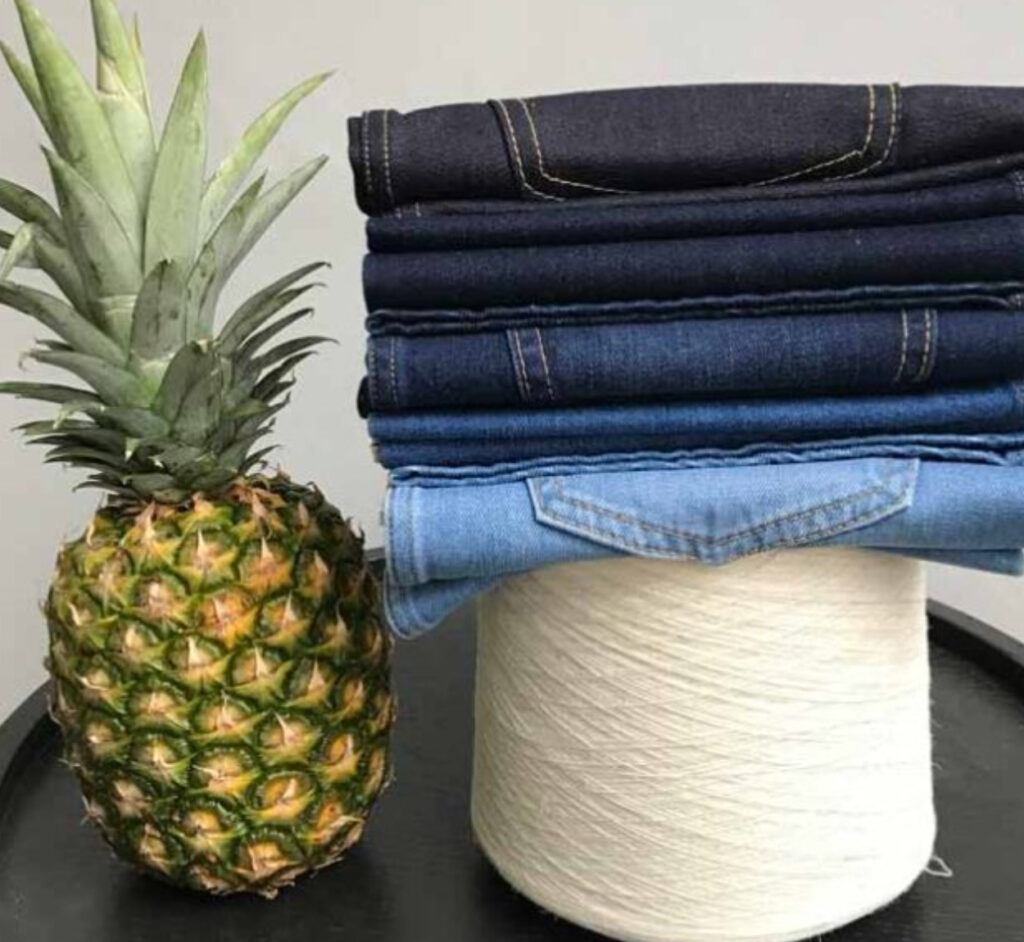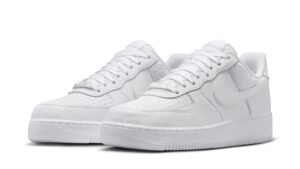Pineapple leaves, once considered agricultural waste, are now transforming industries, ecosystems, and local economies. Farmers, entrepreneurs, and manufacturers worldwide are turning these leaves into valuable textiles, driving both environmental sustainability and economic growth. This innovative use of excess biomass benefits the planet, creates jobs, and opens lucrative opportunities in the booming sustainable fashion and materials market.
The Origin of Pineapple Leaf Textiles
The concept of using pineapple leaves to create textiles isn’t entirely new. For centuries, cultures in Southeast Asia, particularly in the Philippines, have used pineapple fibers in traditional garments such as the barong tagalog. However, recent innovations have modernized this practice, creating a global market for pineapple-derived materials.
The turning point came when Piñatex, a sustainable leather alternative made from pineapple leaves, entered the fashion industry. Created by Dr. Carmen Hijosa, Piñatex introduced a durable, lightweight, and biodegradable alternative to synthetic and animal-derived leathers. This material not only brought pineapple leaves into the spotlight but also showcased their potential for scalability in industries beyond fashion.
The Rendering Process: From Leaf to Textile
The process of transforming pineapple leaves into textiles involves several key steps:
Collection and Preparation
•After harvesting the fruit, farmers collect the leftover leaves, which would otherwise be burned or discarded.
•The leaves are stripped of their fibers through a mechanical or manual process called decortication.
Fiber Extraction
•The long fibers from the leaves are extracted, washed, and dried. These fibers are lightweight yet strong, making them ideal for textile production.
Textile Creation
•The fibers are processed into non-woven fabrics, spun into threads, or bonded into materials like Piñatex.
•Additional treatments, such as dyeing or finishing, prepare the fabric for its intended use, whether as leather alternatives, clothing, or accessories.
By using agricultural byproducts like pineapple leaves, the rendering process eliminates the need for additional farming resources, reducing environmental impact while maximizing efficiency.
Prominent Locations: Where It’s Happening
The production of pineapple leaf textiles is gaining traction globally, but some regions play a particularly significant role:
•Philippines: As a major pineapple-producing nation, the Philippines has long been at the forefront of pineapple fiber extraction. Traditional crafts like piña fabric have evolved into modern applications, including Piñatex production.
•India: With a vast agricultural sector, India is leveraging pineapple and other plant-based fibers for textiles. Startups are increasingly entering this space, focusing on exports.
•Latin America: Countries like Costa Rica, a leader in pineapple exports, are exploring pineapple fiber production as a means to create additional revenue streams for farmers.
•Europe: While not a growing region, Europe is a major consumer and innovator in sustainable textiles, with brands like Hugo Boss and H&M incorporating pineapple-derived fabrics into their collections.
These locations highlight the synergy between tropical farming regions and global demand for sustainable materials.
Current Trends Driving the Industry
The rise of pineapple leaf textiles aligns with several global trends:
Sustainable Fashion
•Consumers are increasingly prioritizing eco-friendly products, fueling demand for materials like Piñatex. Major brands, including Nike, Adidas, and Chanel, are experimenting with plant-based textiles in their collections.
Circular Economy Practices
•The focus on reducing waste and reusing resources is central to the circular economy. Using pineapple leaves supports this model by repurposing agricultural byproducts.
Ethical Production
•Consumers are more conscious of supply chains and are drawn to products that support fair wages and local communities. Pineapple fiber production creates jobs and income streams for farmers, aligning with these values.
Innovation in Textiles
•Beyond fashion, pineapple fibers are being explored for use in automotive interiors, upholstery, and even biodegradable packaging. This diversification highlights the versatility of the material.
Government and Corporate Support
•Governments in tropical regions are investing in projects that promote the use of agricultural waste. Additionally, corporations are funding research into plant-based materials to meet sustainability goals.
Economic and Environmental Benefits
Turning pineapple leaves into textiles offers numerous advantages:
For Farmers
•Additional Income: By selling what was previously considered waste, farmers create new revenue streams.
•Job Creation: Processing fibers generates employment opportunities in rural areas, improving local economies.
For the Environment
•Waste Reduction: Millions of tonnes of pineapple leaves are repurposed instead of ending up in landfills or being burned, reducing greenhouse gas emissions.
•Resource Conservation: Unlike synthetic textiles, pineapple fibers require minimal water, pesticides, or energy to produce.
For Businesses
•Profitability: Sustainable products are in high demand, and materials like Piñatex command premium prices in the global market.
•Brand Image: Companies using eco-friendly materials enhance their reputation and appeal to conscious consumers.
Challenges and the Future
Despite its promise, the pineapple leaf textile industry faces challenges:
Scalability: While local production thrives, scaling globally requires significant investment in infrastructure and technology.
Awareness: Educating consumers about plant-based materials remains crucial for widespread adoption.
Competition: Other sustainable materials, such as mushroom leather or recycled plastics, compete for market share.
Looking ahead, the industry is poised for growth as innovations continue to improve the quality, durability, and applications of pineapple-based materials. Collaborations between farmers, manufacturers, and brands will be essential to unlocking its full potential.
Final Thought
The transformation of pineapple leaves into textiles is a win-win for the environment and the economy. By repurposing agricultural waste, this innovation creates sustainable materials that meet the demands of modern consumers while supporting farmers and reducing environmental impact.
From the Philippines to Costa Rica, and from high-end fashion to automotive interiors, pineapple leaf textiles represent the future of sustainable materials. As trends toward eco-consciousness grow, the opportunities in this sector are boundless—proving that turning leaves into luxury is not just good for the planet, but great business too.
No comments yet.








